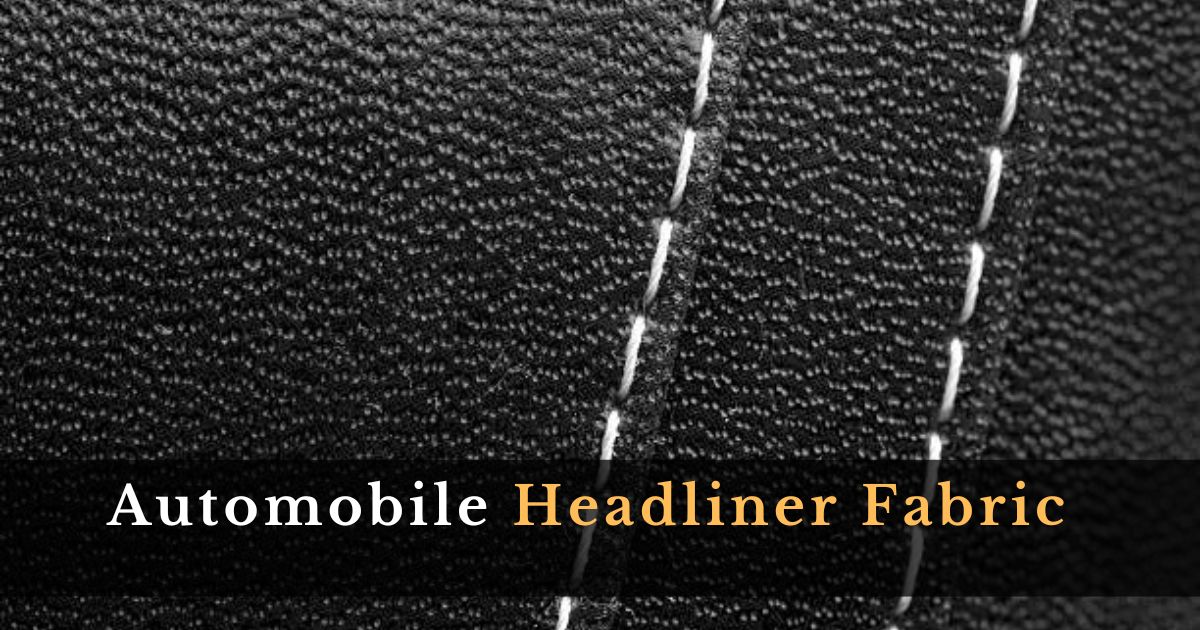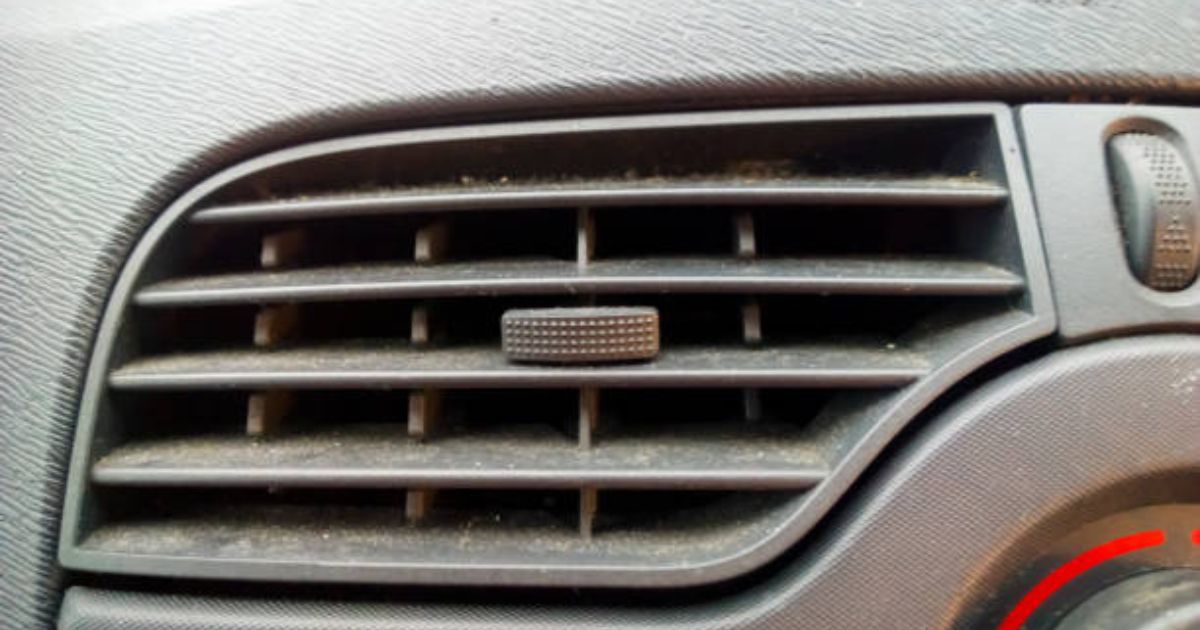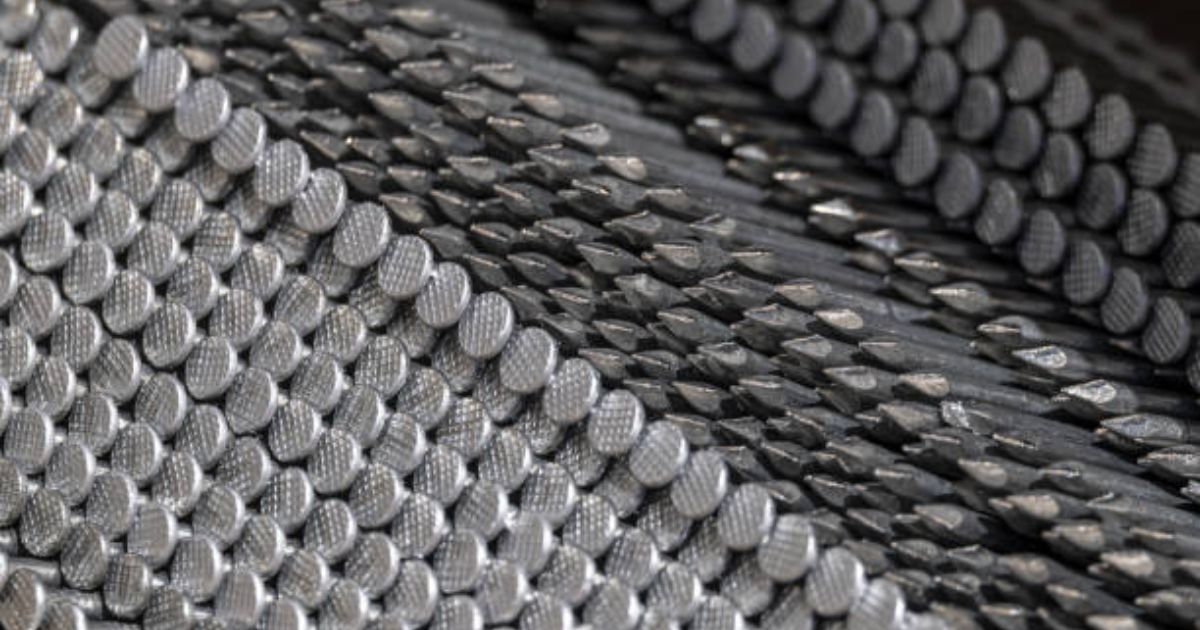Automobile headliner fabric, Automobile headliner fabric is a key part of a car’s interior that many people don’t notice, but it’s important for both how your car looks and functions. The headliner is the fabric that covers the inside roof of your car. This article explains what headliner fabric is, the different types available, and how to choose the good one for your car.
Automobile Headliner Fabric Made Simple
Introduction to Automobile Headliner Fabric
Automobile headliner fabric might sound like a fancy term, but it’s essentially the material covering the inside roof of your car. Think of it as the fabric ceiling in your car that not only adds to the look but also serves several practical functions.
What is Automobile Headliner Fabric?
The headliner fabric is the material attached to the interior roof of a vehicle. It’s more than just a decorative element; it plays a key role in making your car comfortable and functional.
Importance of a Good Headliner
A good headliner can significantly enhance your driving experience. It contributes to a quieter cabin, a more pleasant interior, and even helps in keeping your car’s temperature stable.
Functions of Automobile Headliner Fabric
Aesthetic Appeal
The first thing you notice about the headliner fabric is how it looks. A clean, well-fitted headliner adds a touch of elegance to your car’s interior.
Sound Insulation
Beyond aesthetics, the headliner helps reduce noise. It acts as a barrier, absorbing sound and making the cabin quieter.
Temperature Regulation
A quality headliner fabric can help insulate the cabin, keeping it cooler in the summer and warmer in the winter.
Safety Considerations
In the unfortunate event of a collision, the headliner can contribute to passenger safety by cushioning any impact.
Materials Used in Automobile Headliner Fabric
Common Fabrics
Foam-backed Cloth
One of the most popular materials, foam-backed cloth, offers a balance of durability and comfort. It’s typically found in many vehicles due to its affordability and ease of use.
Suede
Suede gives a luxurious feel to the car interior. It’s a bit more expensive but offers a plush appearance and touch.
Vinyl
Vinyl is another common choice, especially for older or more budget-friendly cars. It’s durable and simple to clean but doesn’t provide the same comfort level as other materials.
| Material | Work | Tools | Price | Repair |
| Fabric (vinyl, woven polyester, fleece) | Replace headliner fabric | Flathead screwdriver, Phillips screwdriver, Staple remover, Upholstery scissors, Staple gun, Spray adhesive | Varies depending on material, car size, and brand (typically $20-$100) |
Requires professional repair if fabric is ripped or damaged beyond cosmetic repair
|
| Headliner Board (optional) | Replace headliner board (if warped or damaged) | Same as above, plus Pry bar | Additional cost for headliner board (typically $30-$70) |
Not applicable – replace entire headliner board
|
| Headliner Insulation (optional) | Replace headliner insulation (if damaged or missing) | Same as above | Additional cost for headliner insulation (typically $10-$20) |
Not applicable – replace entire headliner insulation
|
Emerging Eco-friendly Materials
With growing environmental concerns, manufacturers are exploring eco-friendly options like recycled fabrics and natural fibers. These materials aim to reduce the environmental impact while maintaining quality.
Types of Automobile Headliner Fabric
Woven Fabric
Woven fabric is made by interlacing threads in a crisscross pattern. It’s durable and commonly used in high-end cars.
Non-Woven Fabric
Non-woven fabric is bonded together using chemicals or heat rather than weaving. It’s usually less expensive and found in many standard vehicles.
Knit Fabric
Knit fabric is flexible and stretches easily, making it suitable for complex shapes and contours in modern car designs.
Key Features of Quality Headliner Fabric
Durability
A good headliner fabric should last for many years without showing signs of wear or damage.
Resistance to Sagging
Over time, some fabrics may sag due to heat and moisture. High-quality headliner fabrics resist this sagging, maintaining their shape and look.
Color Retention
The fabric should hold its color despite exposure to sunlight and heat, preventing fading.
Simple Maintenance
A quality headliner should be simple to clean and maintain without requiring frequent replacements.
How Automobile Headliner Fabric is Made
Manufacturing Process Overview
The production of headliner fabric involves multiple steps, including the creation of the base fabric, laminating it with foam, and applying the final top layer.
Laminating Techniques
Laminating involves bonding the fabric to a foam backing, which gives it a cushioned feel and improves sound insulation.
Installation Procedures
Installing headliner fabric typically requires precision to ensure a smooth finish without wrinkles or sagging.
Common Problems with Automobile Headliner Fabric
Sagging
Sagging is a common issue where the fabric detaches from the backing material, often due to heat or moisture.
Stains and Odors
Headliner fabric can absorb stains and odors over time, requiring regular cleaning to keep it fresh.
Discoloration
Exposure to sunlight can cause the fabric to fade or discolor, impacting the interior look of your car.
Maintenance and Care for Headliner Fabric
Cleaning Tips
Regularly vacuuming the headliner can prevent dust buildup. For stains, a gentle cleaner designed for fabrics can be effective.
Preventing Damage
Avoid smoking in the car or exposing the headliner to excessive heat to prevent stains and sagging.
Repairing Small Issues
Minor sagging or stains can often be fixed with fabric glue or by cleaning the affected area.
Replacing Automobile Headliner Fabric
Signs It’s Time for Replacement
If your headliner is sagging extensively, has irreparable stains, or is badly discolored, it’s probably time for a replacement.
DIY vs. Professional Replacement
While replacing the headliner yourself can save money, a professional job ensures a perfect fit and finish.
Cost Considerations
The cost of replacing a headliner can vary, with DIY options being cheaper but professional installations offering better quality.
Upgrading Your Headliner Fabric
Customization Options
You can choose from various colors, materials, and designs to match your personal style and vehicle interior.
Adding Personal Touches
Embroidery, patterns, and unique textures can add a personal touch to your car’s interior.
Popular Trends in Headliner Fabrics
Modern Design Trends
Current trends include minimalist designs and neutral colors that complement various car interiors.
Color Trends
Bold colors and contrasting fabrics are becoming popular choices for those looking to make a statement.
Sustainable Choices
Eco-friendly fabrics made from recycled materials are gaining traction as consumers become more environmentally conscious.
Choosing the Right Headliner Fabric for Your Car
Matching Fabric to Car Interior
Select a fabric that complements the color and design of your car’s interior for a cohesive look.
Budget Considerations
Different fabrics come at different price points. Balance your budget with your desire for quality and appearance.
Climate Factors
Consider the climate in which you drive; some materials perform better in extreme heat or cold than others.
In conclusion, automobile headliner fabric plays a vital role in both the aesthetics and functionality of your vehicle’s interior. Understanding the different types, materials, and functions of headliner fabric can help you make informed choices about maintenance, replacement, and upgrades. Whether you’re looking for a quick DIY fix, considering professional installation, or simply trying to extend the life of your current headliner, being knowledgeable about this often-overlooked component can make a significant difference in your driving experience. Keep in mind the importance of durability, ease of maintenance, and aesthetic appeal when selecting or caring for your headliner fabric.
Frequently Asked Questions (FAQs)
How Long Does Headliner Fabric Last?
Typically, headliner fabric can last anywhere from 10 to 20 years, depending on quality and maintenance.
Can I Replace the Headliner Fabric Myself?
Yes, with the right tools and instructions, you can replace it yourself, but it may be challenging without experience.
How Do I Choose the good Headliner Fabric?
Look for a fabric that is durable, resistant to sagging, and matches your car’s interior style.
What’s the Average Cost of Replacing Headliner Fabric?
Costs can range from $100 for a DIY job to over $500 for professional replacement, depending on the car and fabric type.
How Can I Maintain My Headliner Fabric?
Regular cleaning and avoiding exposure to smoke and excessive heat can help maintain your headliner fabric in good condition.





